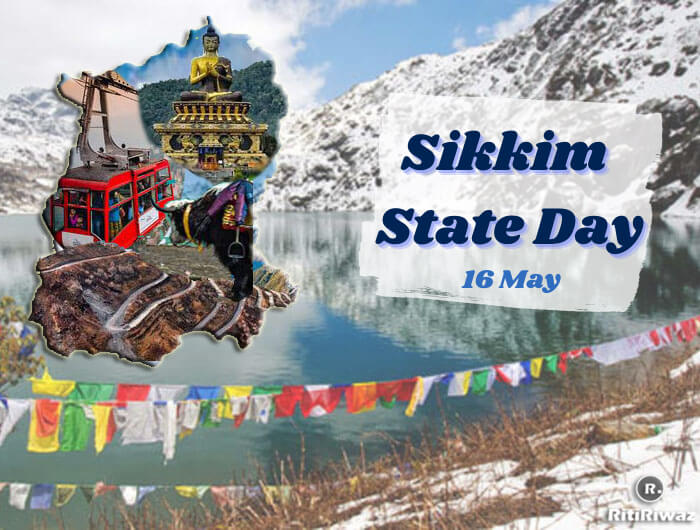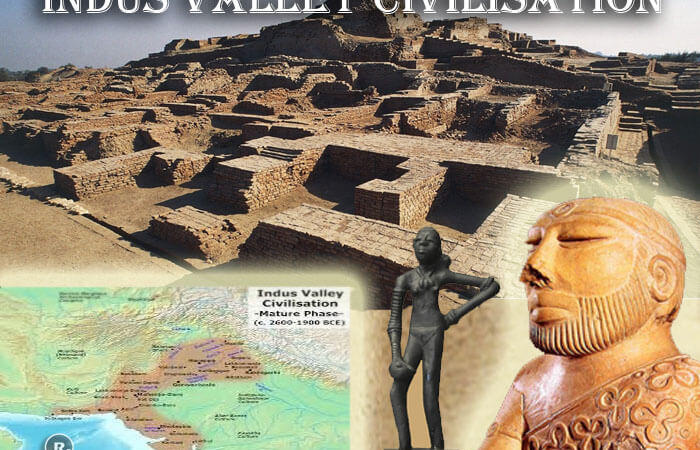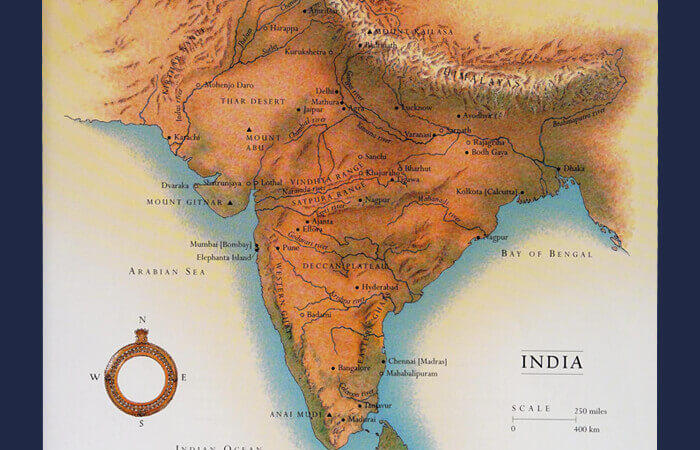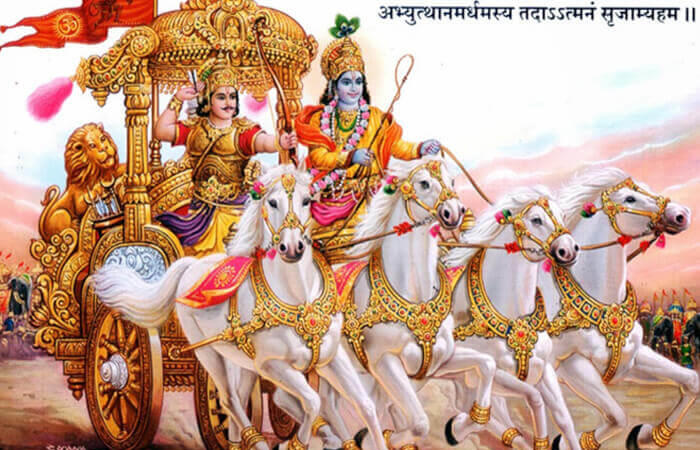Sikkim State Day – 16 May

Sikkim State Day is celebrated on May 16, to commemorate the formation of Sikkim as the 22nd state of the Indian Union, in 1975. On this day Sikkim, India’s least populous state officially went from a semi-sovereign entity to that just another Indian state. Kazi Lhendup Dorjee became its first chief minister of Sikkim.
Sikkim is famous for its natural beauty and is called the “Paradise of Botanists” as a wide variety of species are found here. The Tibetan name for Sikkim is Drenjong meaning “valley of rice“. The Lepcha people, the original inhabitants of Sikkim, called it Nye-mae-el, meaning “paradise“. In the Limbu language, Sikkim is known as “Sukhyim” meaning “new house” while in the Bhutia language it is known as “Beyul Demojong” meaning the “hidden valley of rice“.
History of Sikkim
For 333 years before 1975, Sikkim was ruled by the Chogyals (or kings) of the Namgyal dynasty of Tibetan descent. After 1706, there were a series of conflicts between the powers of the region, which included Sikkim, Nepal, Bhutan, and Tibet, resulting in a shrinking of Sikkim’s territorial boundaries.
Sikkim fought several regional wars with both Bhutan and Nepal in the mid-18th century. During this period, the largest migration of Nepalese to Sikkim began. In 1816, these areas were restored to Sikkim by the British in return for their support during the Anglo-Nepalese War.
The British East India Company acquired the city of Darjeeling from Sikkim in 1835. The events between the British and Sikkim annexed areas of the subcontinent in 1849. The subsequent military defeat of Sikkim culminated in the 1861 Anglo-Sikkim Treaty. The treaty established Sikkim as a princely state under British paramountcy.
From Sikkim to Tibet, the British were given the right to build free trade and roads. In 1890, there was an agreement between the British and Tibetans that defined the border of Sikkim and Tibet. Tibet also acknowledged the special relationship of British India with the state of Sikkim. After becoming the virtual ruler of the state, a British political officer was appointed to assist Chogyal in the administration of the domestic and foreign affairs of Sikkim.
After India gained independence in 1947, political parties started forming in Sikkim for the first time. Their objectives included the abolition of feudalism, the establishment of a popularly elected government, and the access of Sikkim to India — all demands were opposed by Chogyal and his supporters.
The Indo-Sikkim Treaty made Sikkim an Indian defender in 1950, with India taking over responsibility for external relations, defense, and strategic communication of Sikkim. The terms of the treaty also included the popular participation of the government. The relationship between India and Sikkim was encapsulated in the clause: “Sikkim shall continue to be a Protectorate of India and, subject to the provisions of this Treaty, shall enjoy autonomy in regard to its internal affairs.”
Between 1973 and 1975, the “anti-monarchical voice” became stronger not only in Sikkim but even internationally. Owing to protests and demonstrations, the anti-Chogyal government led by Lhendup Dorjee, sought India for a ‘deeper’ democratic association. India rushed into organizing a referendum to ‘absorb’ Sikkim which was passed with the support of 97.5% support. Hereafter, the Chogyal dynasty was abolished and Sikkim became the 22nd state of India with complete democratic rights and privileges.
How is the day celebrated?
Sikkim Statehood Day is celebrated with great fanfare with many functions held across the state, with a grand function held in the capital town of Gangtok with the Chief Minister and the Governor attending it. The Chief minister highlights the achievements of his government for the year. Heads of the various departments of the Government of Sikkim, officials, and staff, school children and the general public is also present at the function.
Various awards and recognitions like L D Kazi Award for Democratic Movement, the Sikkim Sewa Samman, Krishi Samman, and other awards are presented on this day. There is also a release of souvenirs, books, and publications on this day.
Sikkim Statehood Day is a joyous occasion when the people of Sikkim can recall with pride, enthusiasm, and satisfaction the multifarious and significant achievement made by the State Government during the past years. Sikkim emerged as one of the best states in the country in a short period.
We Pray for the continued success and prosperity of the state and its people.
Suggested Read: Important Days In May






